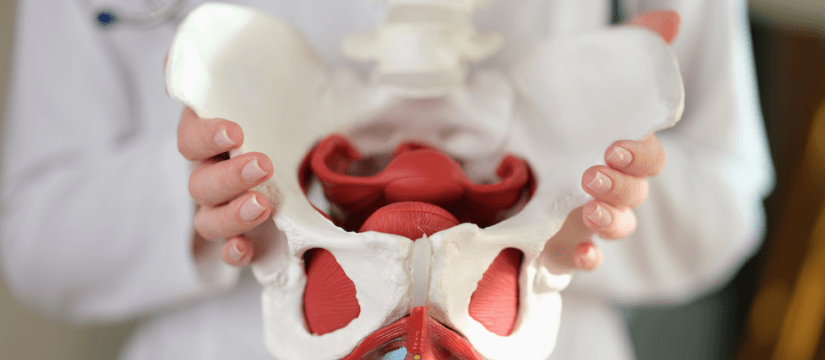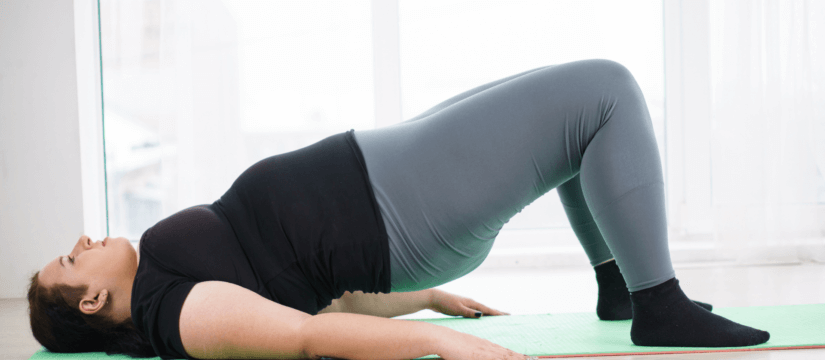Biofeedback therapy enhances your rehabilitation experience by teaching you how to control and change the behavior of your pelvic floor. If you don’t know how to contract or relax your pelvic floor muscles, then biofeedback therapy can help you make that connection and improve your overall pelvic health. What is biofeedback therapy for the…
Fecal Incontinence
7 Pelvic Floor Exercises You Can (And Should) Do At Home
Are you part of Team “I’ve tried Kegels, and it doesn’t work for me?” Then you need to schedule a thorough functional assessment to ensure you are not overloading your pelvic floor tissues with unnecessary work. And to also rule out hypertonic (or tight) pelvic floor muscles. If you don’t, then over time, you could…
How Breathing Can Help Strengthen Your Pelvic Floor
How does breathing affect your pelvic floor? The act of breathing seems so simple since it’s a practice we’ve all experienced since birth. Even when you’re not paying attention, you draw air into your lungs automatically and rhythmically. Your diaphragm contracts down into your abdomen, which creates a domino effect of expansion around your core…
The Dirty Truth About Fecal Incontinence
What is it? Fecal incontinence is the inability to control your bowel movements. There are two groups of muscles in the wall of the anus and rectum that are responsible for holding stool, and just like other muscles in your body, they can become injured or weakened. When this happens, you may begin to see…




